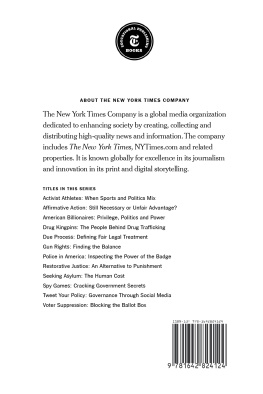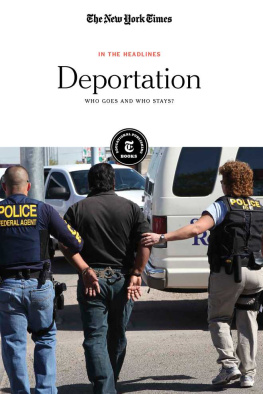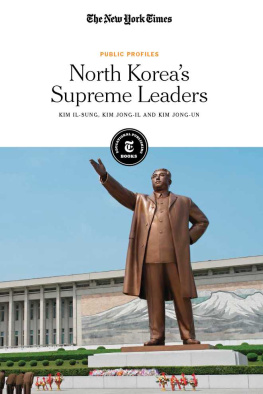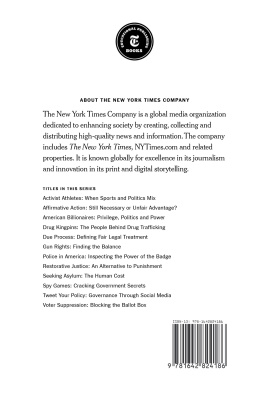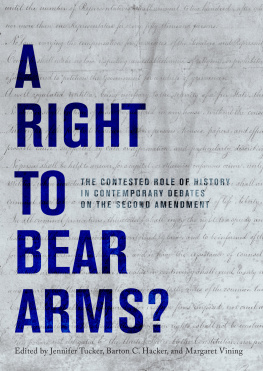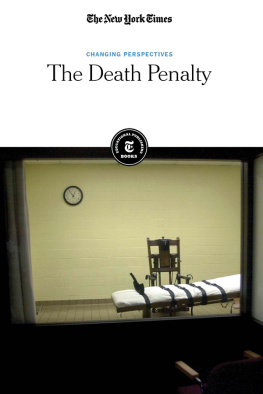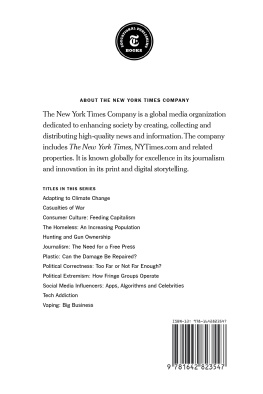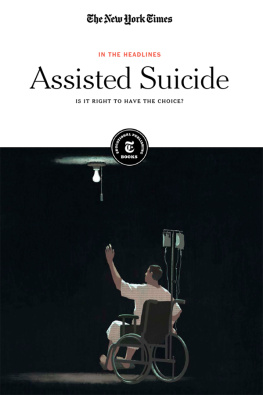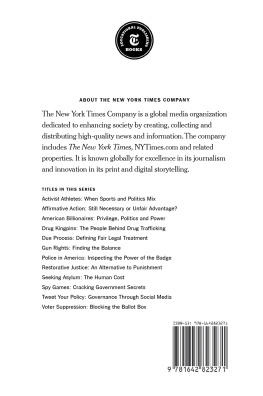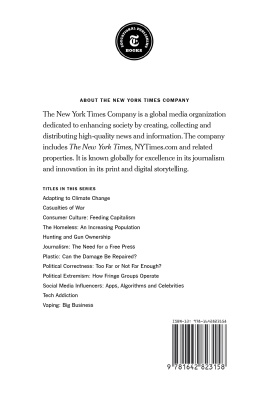
Published in 2021 by New York Times Educational Publishing in association with The Rosen Publishing Group, Inc.
29 East 21st Street, New York, NY 10010
Contains material from The New York Times and is reprinted by permission. Copyright 2021 The New York Times. All rights reserved.
Rosen Publishing materials copyright 2021 The Rosen Publishing Group, Inc. All rights reserved. Distributed exclusively by Rosen Publishing.
First Edition
The New York Times
Caroline Que: Editorial Director, Book Development
Cecilia Bohan: Photo Rights/Permissions Editor
Heidi Giovine: Administrative Manager
Rosen Publishing
Megan Kellerman: Managing Editor
Xina M. Uhl: Editor
Brian Garvey: Art Director
Cataloging-in-Publication Data
Names: New York Times Company.
Title: Gun rights: finding the balance / edited by the New York
Times editorial staff.
Description: New York: New York Times Educational Publishing, 2021. | Series: In the headlines | Includes glossary and index. Identifiers: ISBN 9781642824124 (library bound) | ISBN 9781642824117 (pbk.) | ISBN 9781642824131 (ebook) Subjects: LCSH: United States. Constitution. 2nd Amendment Juvenile literature. | FirearmsLaw and legislation United StatesHistoryJuvenile literature. | Gun control United StatesHistoryJuvenile literature. | Firearms ownership United StatesJuvenile literature. | Firearms ownersLegal status laws, etc. United StatesJuvenile literature. Classification: LCC KF3941.G86 2021 | DDC 323.43dc23
Manufactured in the United States of America
On the cover: An attendee examines various guns at a booth during the National Rifle Association convention in Dallas, May 4, 2018; Tamir Kalifa/The New York Times.
Contents
Introduction
THE BILL OF RIGHTS the first ten amendments of the Constitution was ratified in 1791. The Second Amendment reads: A well regulated Militia, being necessary to the security of a free State, the right of the people to keep and bear Arms, shall not be infringed.
The interpretation of the Second Amendment and the application of gun rights has been hotly contested. By looking at the perspectives of those on opposite sides of the debate, readers can come to a better understanding of this complex issue.
In 2008, the Supreme Court took on a case in which the District of Columbia had banned the possession of handguns in the home. The District of Columbia had also required that any lawful firearms in the home had to be disassembled or fitted with a trigger lock in order to make them impossible to use. The courts decision, in District of Columbia v. Heller, clarified the meaning of the Second Amendment. It stated that the amendment protects an individuals right to own a firearm regardless of service in a militia. This right must be for lawful purposes such as self-defense within a persons home. But this decision did not end the controversy or the court cases surrounding the Second Amendment.
The divisive issue of gun rights has ardent defenders on both sides: the side that demands regulation or complete removal of firearms and the side that fights against any such restriction of gun ownership. The devastating toll of gun-related deaths includes thousands of suicides and thousands of murders each year as well as a smaller number of accidental deaths. The deadliest shootings can involve large numbers of people, such as the killing of twenty children and six adults at Sandy Hook Elementary School in Newtown, Conn., in 2012. Whether mass shootings happen in schools, theaters, businesses or elsewhere, every time one occurs there is a renewed outcry for increased legislation to prevent such murders in the future. The National Rifle Association, or N.R.A., is the most strident voice against any such legislation.

ELENA SCOTTI
The articles collected here look at the issue of gun rights from different viewpoints and explore a number of related issues. examines gun laws from the federal and state perspectives. This includes decisions by individual states, the Supreme Court and discussions by lawmakers. The gun industry itself, including gun manufacturers and marketplaces such as individual shops and gun shows, also figure into this discussion.
how ones stance on gun rights can change with more education on the issue.
looks at numerous factors that affect the rights of gun owners, such as felony convictions and mental health issues. For those who seek to have their gun rights restored, the road back to legal firearm ownership can be challenging depending on the state. As reporter Michael Luo writes, all of these laws are complicated and often obscure. This issue is further complicated because, Luo adds, law enforcement agencies generally do not systematically track these restorations. Without supporting data, the debate on when to limit, restore or deny gun rights to those seeking restoration is that much more difficult.
examines the latest legislative efforts for gun control and provides fact checks and debates on the issue. The Democratic candidates for the 2020 presidential election appear to be in agreement on pursuing a more aggressive gun control position. Meanwhile, private businesses are seeking to restrict open-carry in their stores. And with a new Democratic majority in the Virginia General Assembly, gun rights activists continue to make their voices heard: In January 2020, more than 20,000 people rallied at the Virginia Capitol to protest gun control proposals. Whether or not the state Democratic majority will have a significant impact on gun rights remains to be seen.
CHAPTER 1
Federal and State Gun Laws
State and federal governments have been dealing with gun rights issues for decades. The debate rages between those who support unfettered access to guns and those who want to strictly regulate them. Even the issue of background checks for gun buyers is hotly contested. The N.R.A. fears that such restrictions, designed to keep felons and the mentally ill from gun ownership, is a slippery slope that may end in increasingly restrictive gun control.
An Ominous Reversal on Gun Rights
EDITORIAL | BY THE NEW YORK TIMES | MAY 14, 2002
USING A FOOTNOTE in a set of Supreme Court briefs, Attorney General John Ashcroft announced a radical shift last week in six decades of government policy toward the rights of Americans to own guns. Burying the change in fine print cannot disguise the ominous implications for law enforcement or Mr. Ashcrofts betrayal of his public duty.
The footnote declares that, contrary to longstanding and bipartisan interpretation of the Second Amendment, the Constitution broadly protects the rights of individuals to own firearms. This view and the accompanying legal standard Mr. Ashcroft has suggested equating gun ownership with core free speech rights could make it extremely difficult for the government to regulate firearms, as it has done for decades.
That position comports with Mr. Ashcrofts long-held personal opinion, which he expressed a year ago in a letter to his close allies at the National Rifle Association. But it is a position at odds with both history and the Constitutions text. As the Supreme Court correctly concluded in a 1939 decision that remains the key legal precedent on the subject, the Second Amendment protects only those rights that have some reasonable relationship to the preservation of efficiency of a well-regulated militia. By not viewing the amendment as a basic, individual right, this decision left room for broad gun ownership regulation. The footnote is also at odds with Mr. Ashcrofts pledge at his confirmation hearing that his personal ideology would not drive Justice Department legal policies.
Next page
